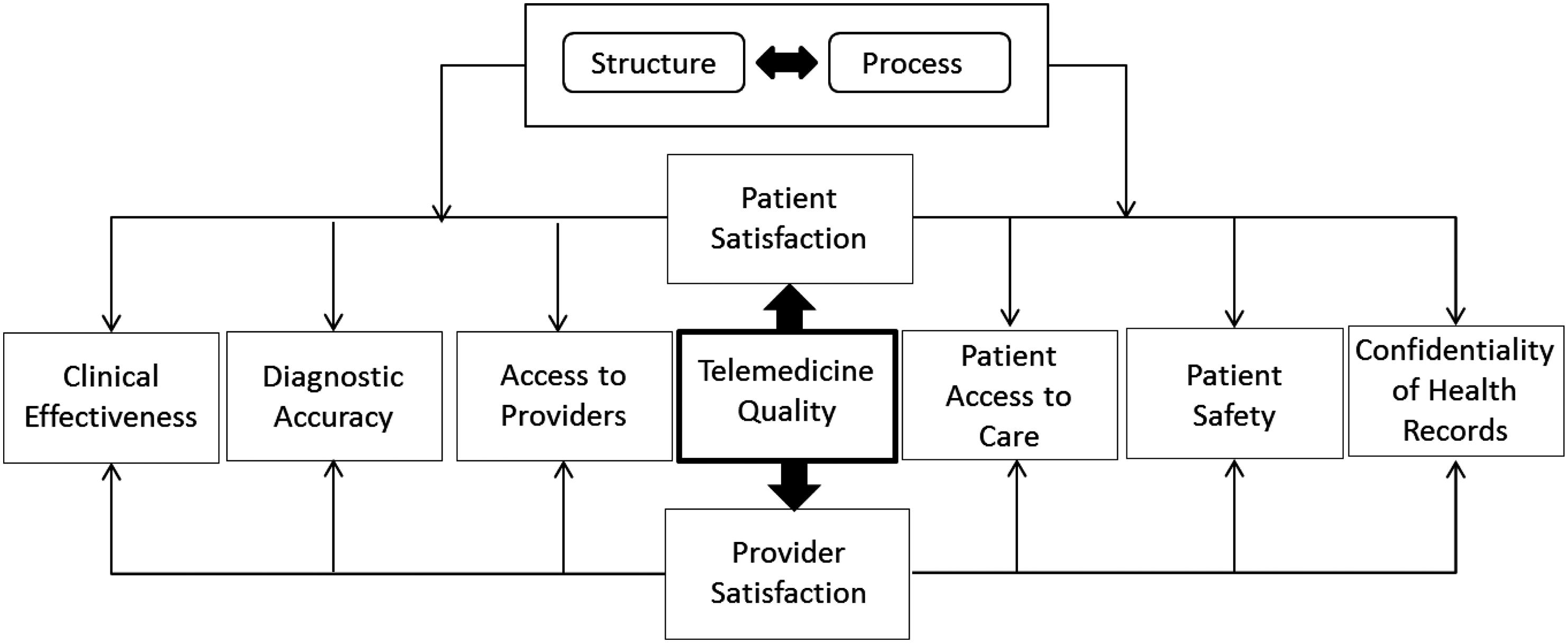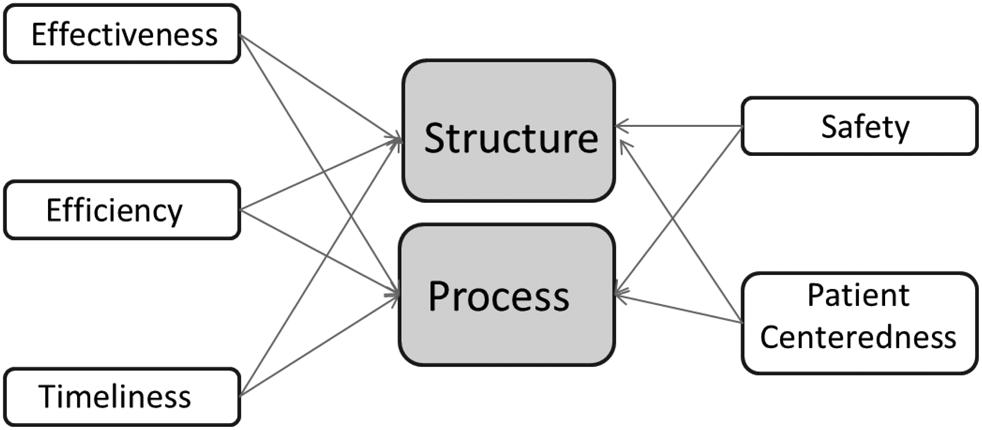
6 minute read
Empathy and Compassion
(Kushner, 1995). This study, however, noted that dietitians had the knowledge and skills to complement the physician and proposed a physician dietitian team. Many years later, the same gaps exist regarding the effectiveness of primary care physicians in this arena.
In an era of digital transformation and technological innovation, there is overwhelming evidence to support the value of technology in healthcare. Equally compelling is the fact that the best technology in the world cannot substitute for the empathetic care of nurses. In fact, of all the characteristics that make a great nurse, empathy may be the most essential (Aubin, 2017).
Advertisement
Value-based healthcare requires that healthcare organizations get the best talent possible, because better talent will deliver better patient care, including clinical and non-clinical talent. For today’s healthcare industry, finding and keeping top-notch physicians, nurses, and other providers is key to patients’ well-being and high patient satisfaction scores. However, competition for higher quality talent is fierce, and turnover can be high.
According to Nursing Solutions’ 2016 Healthcare Staffing Survey, there are 78 million Baby Boomers. Since 2011, every 7.6 seconds another individual turns 65 years old. This segment represents 12 percent of the population, but that segment consumes 34 percent of healthcare services. However, there might be a shortage of nurses to deal with the increasing demand for services.
The American Nursing Association (ANA) estimates that 23 percent, or 187,200, of registered nurses (RNs) plan to retire in the next two to three years, and an additional 81,900 will switch to part-time status. In total, it is estimated that 269,100 RNs will exit the work force or reduce their hours. In addition, the rising demand for advance practice nurses (APNs) can draw another 198,000 RNs from the bedside. About 67 percent of hospitals report rising turnover rates. The 2015 average turnover rate for bedside RNs was 16.4 percent, which is projected to increase. In 2015, the average time to fill an RN vacancy was 85 days, ranging from 53 to 110 days, given the specialty. According to the American Society for Healthcare Human Resources Administration, 20.4 percent of healthcare employees—one in every five— quit their jobs each year.
When it comes to taking care of the sick and the elderly, we are not all gifted with the capacity to show empathy and compassion. The labor
involved in caring for the sick, the poor, the disadvantaged, and the frail is mostly emotional, not physical. Unfortunately, the healthcare industry has not always attracted people with the right temperament and disposition. Some of the people attracted to the field of nursing and medicine today are motivated by the opportunity to easily find employment and make money. Although inadequate staffing levels can be blamed for some of a nurse’s rudeness and lack of empathy, it is equally true that a person with a psychotic temperament should never be allowed to practice nursing in the first place. A similar argument can be made for physicians and other providers. It is disheartening to see a clinically influential physician with poor bedside manner.
In no other profession is the need for empathy graver than in healthcare. A patient’s complex life circumstances coupled with the tyranny of disease make empathy a necessity in patient care. Studies have shown that empathy is an important skill for healthcare providers and is significantly associated with improved clinical outcomes. Social determinants of health, which include environmental factors, have a larger impact on health than medical intervention. Social determinants of health such as income, education, food and housing access, and racial and ethnic inequality affect one’s health from birth to death and can be difficult to understand and control for within a healthcare visit (Hill, 2014). Some patients cannot fully comply with treatment plans, follow provider instructions, return for a follow-up visit, and ultimately, experience good health outcomes because of lack of access to resources. A few specific examples include: problems accessing care without insurance, finding funds to cover needed services or prescriptions, securing transportation to get to and from appointments on time, finding a babysitter to keep an appointment, inability to read, inadequate housing, lack of access to mobile phone, lack of Internet access, or a language barrier.
Unfortunately, very few medical schools and residency programs incorporate the subject of empathy into their curriculum. These healthcare professionals are then expected to function within a healthcare system that does not reward empathy. Whether breaking bad news to a young patient or comforting a grieving mother who just lost a child to cancer, the health profession needs people who are skilled in understanding what the other person is experiencing and can respond with empathy and compassion. Empathy is a prerequisite to a caring response.
Empathy should not be confused with sympathy, which is described as feeling sorry for another person. Sympathy does not require an understanding
of the other person’s point of view. Instead, it is an emotional response. In healthcare, feeling sympathy for a patient can overwhelm the caregiver with sorrow and may even inhibit proper care. There are many factors responsible for the erosion of empathy, including a lack of time, technology, and the hiring of people with empathy deficits to take care of patients.
The power of distal touch (touch to the hand, shoulder, etc.) has long been recognized as an effective healing tool. Touch has historically been a large part of a nurse’s work. When nurses hold a patient’s hand or arm to take his/her pulse, for instance, it contributes to the kind of connection shown to release the feel-good hormone oxytocin (Dean, 2017). When applied correctly, distal touching can be an effective tool in the relationship between a care giver and a patient.
Empathy is hardly ever communicated without the clinician’s understanding and acknowledgment of the patient’s background (Choe et al., 2010). For example, knowledge of the patient, level of education, emotional state, social network, where he/she lives, patient’s feelings, patient’s understanding of the disease and options, relationships, and nature of his/her work and home life are all indispensable in the journey toward empathy.
One of the unintended consequences of the transition from paper-based medical record-keeping to digital and online formats (EMRs) is the potential loss of the human element that occurs during face-to-face doctor–patient interaction. Technology design can play a crucial role in addressing this problem. According to Choe et al., the interface that records health information could be designed to contain personal characteristics and narratives that help clinicians to better remember each patient, thus facilitating the ability to treat them more like “a human being,” rather than as a number or an illness. Patients’ distinct characteristics include personality, previous key events, background, relationships, family or guardian information, and the nature of their work and home lives. Visual cues, such as photos or past conversations, can help clinicians quickly recall the patient, even if they meet with the patient only once or twice a year.
It is realistic to assume that empathy would be naturally present in someone who makes a conscious decision to enter the field of healthcare. The reality, however, is that empathetic clinicians are often in short supply. Today, many of the young people attracted to the nursing profession enter into it devoid of the life experiences necessary to consistently engender empathetic responses. On the other hand, many of the experienced nurses





